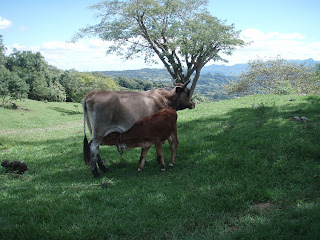How to Make a Square-Foot Garden

Adapted from training materials from F2F volunteer, Arlen Albrecht In poor urban communities near Guatemala City, families live in small houses on very limited plots of land. In more rural areas such as Chiquimulilla (southern Guatemala), families face high rates of malnutrition. Square-foot gardens are a useful way for families with limited space to grow fresh vegetables. Square-foot gardens can also be built using local materials and resources, and fresh vegetables can contribute to improving household nutrition and food security. In December 2015, F2F volunteer Arlen Albrecht traveled to Guatemala to train urban and rural community members in building square-foot gardens. Below are his notes on how to make a square-foot garden. Square-foot garden 7 Easy Steps to Build a Square-Foot Garden Location – Build the square-foot garden in close proximity to the house for easy access and maintenance. Choose a spot that gets at least 6-8 hours of sun each day and has ...




